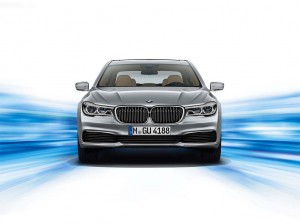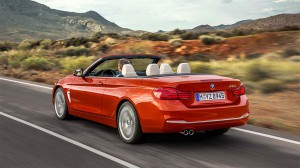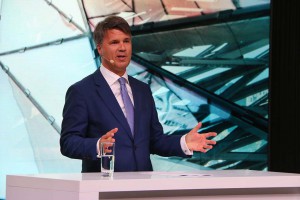BMW plans to roll out about 40 new and significantly updated models during the next two years, the most significant burst in its history. And with a significant number of those vehicles offering battery-based options, CEO Harald Krueger said he expects to nearly double sales of electrified products this year.
BMW needs the product blitz, industry analysts have suggested, if it hopes to catch up with arch-rival Mercedes-Benz, which snatched the global luxury sales crown in 2016 – while also holding at bay aggressive also-ran Audi, which has its own major product offensive in the works.
While BMW’s new models will include plenty of big SUVs and high-performance M models, there will be an expanded array of so-called “new energy vehicles,” or NEV models, Krueger telling journalists at BMW’s annual earnings conference, “our goal is sustainable mobility. There’s no turning back.”
The Munich-based maker reported revenues of 94.2 billion euros, or $101.7 billion, last year. Net profits came to 6.9 billion euros, or $7.5 billion. But global sales rose only 5.2% for the year, to 2 million vehicles, while Mercedes reported an 11% gain, to 2.08 million.
(BMW, Mobileye partner on data generation for navigation. Click Here for the story.)
Perhaps not surprisingly, Chief Financial Officer Nicolas Peter tried to put a positive spin on that second-place finish, declaring, “Profitability is more important for us than the sales volume race.”
In general, luxury makers – the Germans, in particular – have been engaged in an unprecedented arms war, rolling out more new models than ever before. BMW will continue to throw down the gauntlet with an array of new offerings. These include an updated 4-Series and 5-Series Touring model, both of which debuted at this month’s Geneva Motor Show. There are also new performance models, such as the next M4.
But, reflecting the global shift from passenger cars to light trucks, the list also includes an assortment of new Sport-Activity Vehicles, BMW-speak for crossover-utility vehicles, ranging from the compact X2 to a new, full-sized flagship, the X7, which will offer a counterpoint to the more traditional 7-Series sedan.
“We are launching the biggest model offensive ever,” Krueger declared. “We have started a transformation unlike anything our company has seen before.”
That includes a growing push into electrification, with a variety of new BMW models being offered with conventional hybrid, as well as plug-in hybrid options, and BMW planning to expand the dedicated battery brand-within-a-brand, BMW i.
(Major refresh coming for BMW 4-Series. Click Here for the story.)
The push into alternative power is one reason the company has ramped up its R&D spending – which, in turn, has constrained earnings growth. It spent 5.5% of revenues on research and development last year, or about 5.16 billion euros, and will increase that level over the next two years.
BMW is expected to start rolling out not just more electrified models, but longer-range ones, as well, a move meant to keep pace with key rivals, including not only Mercedes – with its own, new Mercedes-EQ electric brand – but Tesla. Among the new entries: a plug-in version of the full-size flagship sedan, the new 740e.
BMW generated sales of only around 62,000 electrified vehicles last year, well behind that of the Silicon Valley maker. The German company hopes to boost that volume to 100,000 in 2017, Krueger said.
There’s reason to feel upbeat. In the U.S. market, sales of BMW’s various electrified models roughly doubled in January, accounting for 3.6% of its total volume. Meanwhile, that other key market, China, is setting into play new NEV rules that potentially would require 8% of BMW’s vehicles to be powered by alternative energy.
(To see more about BMW’s Bernhard Kuhnt leading North America, Click Here.)
“The rules have not yet been finalized,” Krueger said on Tuesday. “We will react accordingly. We expect clarity in the next weeks rather than months.”



